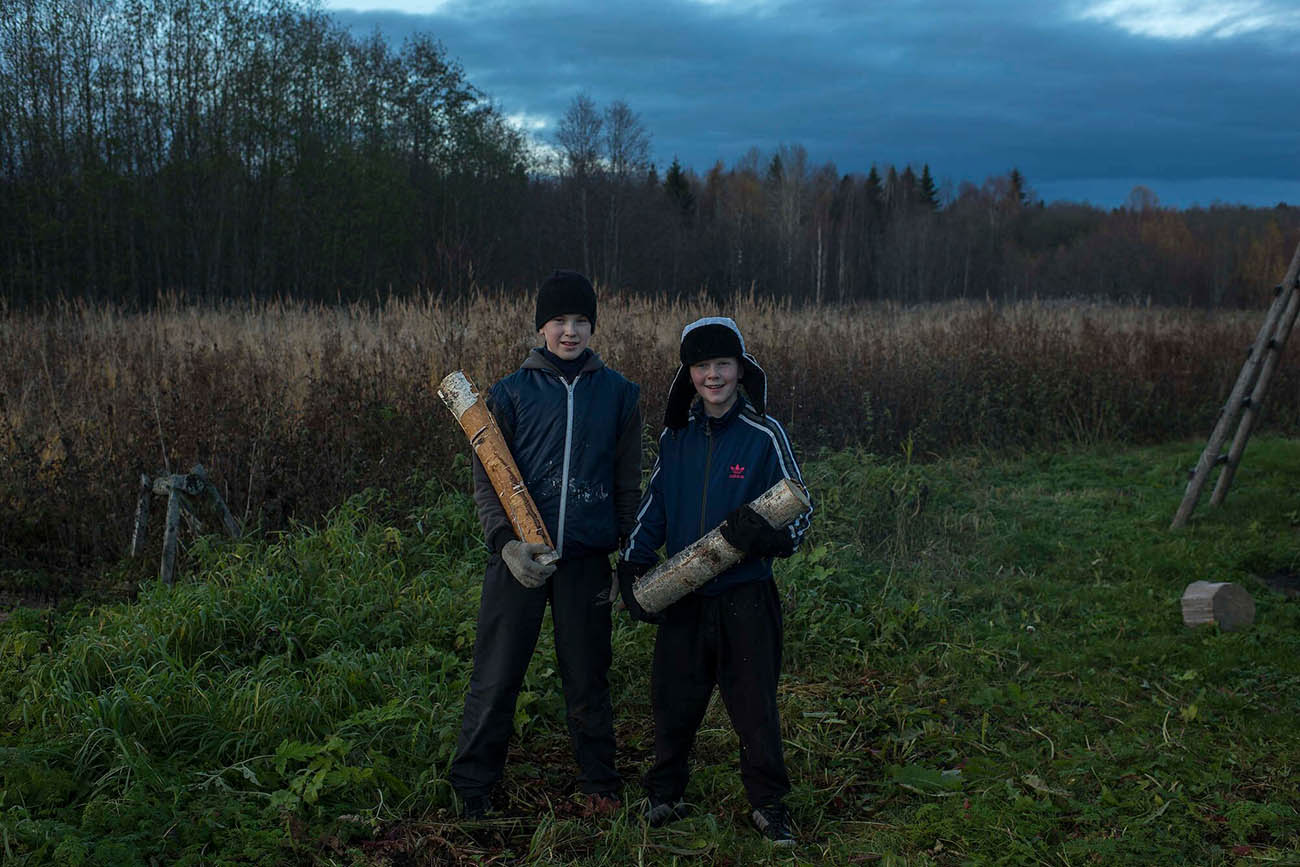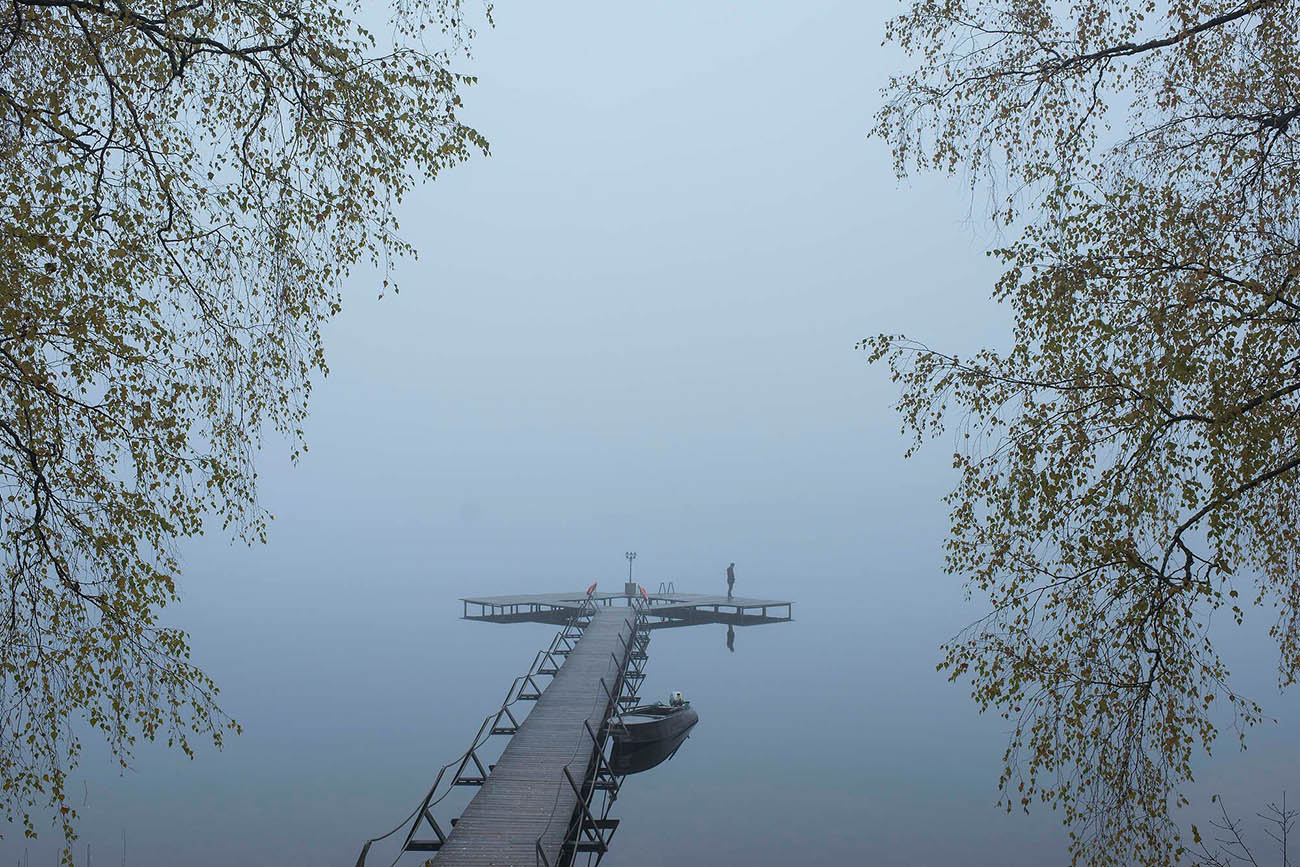
 Travel project to track the Russian soul from the Arctic to the Black Sea. Source: Mikhail Mordasov / spineofrussia.com
Travel project to track the Russian soul from the Arctic to the Black Sea. Source: Mikhail Mordasov / spineofrussia.com
Towards the end of 2015, journalists Paul Richardson and Mikhail Mordasov drove from Russia’s northern border with Norway to the southern coast. On the way they passed through Murmansk and Moscow, St. Petersburg and Sochi, Tver and Taganrog; they photographed and interviewed berry pickers and blacksmiths, brewers and ballroom dancers, celebrating the everyday lives of Russians. The results are catalogued in two companion volumes: a hardback full of photos, The Spine of Russia and the paperback book Driving Down Russia’s Spine, which readably narrates their six-week odyssey.
Richardson is an American, living in Vermont; he edits the long-running magazine Russian Life. When contributor Nicky Gardner, in a feature about Russia’s northwest coast, mentioned the E105 road that runs north-south across Russia from Norway to Ukraine, Richardson suddenly “found what I was looking for.” The result is a crowd-funded travel project that would “track the Russian soul from the Arctic to the Black Sea.”
![Petersburg-based novelist: 'We ourselves don’t understand anything here [in Russian lands]'. Source: Mikhail Mordasov / spineofrussia.com](https://cdni.rbth.com/rbthmedia/images/all/2017/04/26/Mordasov/mor1130-b.jpg) Petersburg-based novelist: 'We ourselves don’t understand anything here [in Russian lands]'. Source: Mikhail Mordasov / spineofrussia.com
Petersburg-based novelist: 'We ourselves don’t understand anything here [in Russian lands]'. Source: Mikhail Mordasov / spineofrussia.com
Despite the metaphysical sound of this goal, Richardson’s observations and conversations are profound and pragmatic, nuanced and varied. He probes Russia’s unknowable mystery. At the end of a wide-ranging interview with Petersburg-based novelist Eugene Vodolazkin, Richardson quotes a blacksmith from Vodolazkin’s novel Laurus, who tells a foreigner “you will not understand anything in our Russian lands … We ourselves don’t understand anything here.” But this travelogue is also rooted in engaging specifics, like the food the journalists eat along the way: Karelian bear and moose with a local liqueur or Georgian khachapuri in Sochi, on the Black Sea coast.
Richardson’s colloquial style makes him an easy-going companion. “Okay, now we are interested,” he will comment after a local entrepreneur relates the urban myth of the microphone in an abandoned scientific borehole that recorded “sounds of screaming in Hell.” His historical asides are entertaining and his digressions range from potato farming to the building of the White Sea canal. He observes both beauty – the brilliant Northern Lights or “an enchanting twilight walking along Nevsky” – and horror: a nickel refinery whose smoke settles over the valley, “like a toxic meteorological blanket”, or the perpetual gloom of wintry Murmansk.
 'In today’s Russia, very little is outside politics.' Source: Mikhail Mordasov / spineofrussia.com
'In today’s Russia, very little is outside politics.' Source: Mikhail Mordasov / spineofrussia.com
The book has a light peppering of superlatives and records (the youngest border, the longest bridge, or the comical “first person in Karelia to artificially inseminate pigs”). They sit alongside interesting observations, like the number of bikes abandoned on the Norwegian border by Syrian refugees “flowing through this recently-discovered, frigid back door into Europe’s Schengen Zone.”
Undertaking the trip during a time geopolitical tension, Richardson’s context is a “downturn in East-West relations.” He is well aware of the more controversial aspects of Russia’s regime – like the law that requires non-governmental organizations funded from outside Russia to register as foreign agents – and he listens carefully to what Russians tell him. As one NGO worker points out, cultural activities influence people’s ideas “so is that politics?” Richardson comments: “In today’s Russia, very little is outside politics.”
 The book is a rich and varied portrait of life in Russia. Source: Mikhail Mordasov / spineofrussia.com
The book is a rich and varied portrait of life in Russia. Source: Mikhail Mordasov / spineofrussia.com
Richardson wisely avoids “Great Truths”. Instead, the trip has many “small conclusions” and a “feel for the breadth and depth of the Russian landscape.” One of his most fascinating sections is a philosophical exploration, observing the difference between the linear, immutable American concept of time and the “elastic and cyclical” nature of time in Russia, with its focus on the present moment. This idea permeates Richardson’s travelogue and his interviewees (generous with their time “on a Tolstoyan scale”) provide a rich and varied portrait of life in Russia.
If using any of Russia Beyond's content, partly or in full, always provide an active hyperlink to the original material.
Subscribe
to our newsletter!
Get the week's best stories straight to your inbox